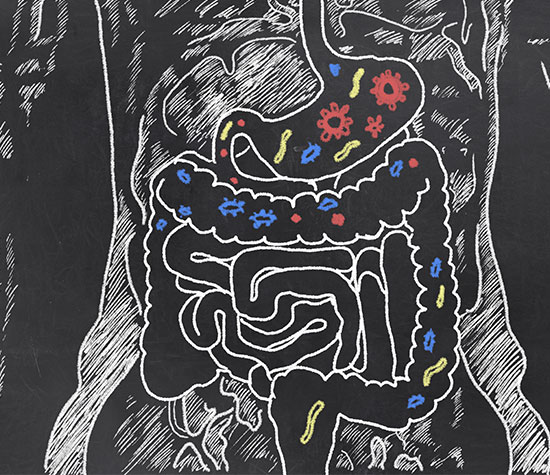Are Microbes Your Friend or Foe?

Image © TLFurrer, iStockPhoto.com

Image © TLFurrer, iStockPhoto.com
7.77
How does this align with my curriculum?
Curriculum Alignment
AB
10
Knowledge and Employability Science 10-4 (2006)
Unit C: Investigating Matter and Energy in Living Systems
BC
12
Anatomy & Physiology 12 (June 2018)
Big Idea: Organ systems have complex interrelationships to maintain homeostasis
NU
10
Knowledge and Employability Science 10-4 (2006)
Unit C: Investigating Matter and Energy in Living Systems
YT
12
Anatomy & Physiology 12 (British Columbia, June 2018)
Big Idea: Organ systems have complex interrelationships to maintain homeostasis
NT
10
Knowledge and Employability Science 10-4 (Alberta, 2006)
Unit C: Investigating Matter and Energy in Living Systems
NT
10
Science 14 (Alberta, 2003, Updated 2014)
Unit C: Investigating Matter and Energy in Living Systems
NU
11
Knowledge and Employability Science 20-4 (Alberta, 2006)
Unit C: Disease Defence and Human Health
YT
8
Science Grade 8 (British Columbia, June 2016)
Big Idea: Life processes are performed at the cellular level.
NT
11
Knowledge and Employability Science 20-4 (Alberta, 2006)
Unit C: Disease Defence and Human Health
BC
11
Life Sciences 11 (June 2018)
Big Idea: Life is a result of interactions at the molecular and cellular levels.